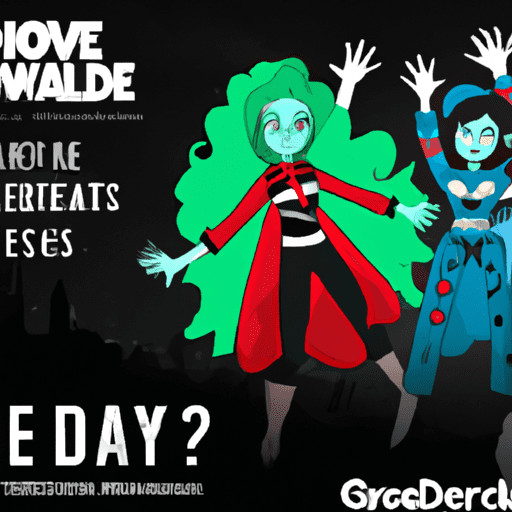Is Instagram Threads the New “Twitter Killer”?
Introduction
Instagram’s new off-shoot app, Threads, has been making waves in the social media world. Many are dubbing Threads as the new “Twitter Killer,” as it attracted 100 million users in just five days. This has caught the attention of content creators, who have been using Twitter as a platform to interact with their followers and build their brand. Now, many content creators are adapting to Threads and exploring its potential as a new avenue to connect with their audience. In this article, we’ll delve into how content creators are using Threads, compare it to Twitter, and explore its potential for branding and partnerships.
How are content creators using Threads?
Content creators are finding different ways to maximize their use of Threads. Some, like cosplayer Kumar, are recycling their media from other platforms to introduce their content to a new audience. Kumar views Threads as an opportunity to reach people who may not have seen his content elsewhere. On the other hand, author and podcaster Jacque Aye sees Threads as a more contained platform compared to Twitter, where she can reach a larger audience. She uses Threads to connect with her real-life friends, family, and Instagram followers.
Threads versus Twitter
While Threads has gained popularity quickly, content creators like Aye still believe that Twitter has a wider reach and an established community. With its 396.5 million users, Twitter allows creators to reach a massive audience with a single tweet. In contrast, Threads’ more insulated environment, especially since it is exclusive to Instagram users, limits its reach. The absence of features like hashtags, direct messaging, and a “For You” page also hinders creators’ ability to push their content to new audiences on Threads.
How are creators thinking about branding and partnerships on Threads?
According to a study, 90% of active Threads users believe the app will be a good place for brands and influencers. However, content creators like Kumar and Aye still lean towards established platforms like Twitter and Instagram for branding and partnership opportunities. They believe companies are more likely to promote opportunities through these platforms. However, content creators still recognize the potential for networking and building connections on Threads, similar to other social media apps.
Playing the Waiting Game
While some content creators are open to monetizing their Threads posts, there is still a need for Meta, the parent company of Instagram, to prove the platform’s potential. Creators like Aye are cautious and would rather wait to see how the platform progresses before fully investing their time and content on Threads. Clouse believes that Threads’ advantage lies in the existing network it inherits from Instagram, making it ideal for users who already have a large following on Instagram. However, Meta will need to work on user retention to ensure Threads’ long-term success.
Final Thoughts
Threads is still in its infancy, and it’s hard to determine if it will truly challenge Twitter’s dominance. The absence of private messaging, hashtags, and a concrete algorithm may pose challenges for creators in terms of networking and expanding their reach. However, the best approach for content creators is to experiment and explore innovative uses of the platform. While there is a risk that the initial hype around Threads may fade, many creators remain optimistic about its potential. As the platform continues to evolve, content creators will need to adapt and find a strategy that works for them.
In conclusion, Instagram Threads has sparked the interest of content creators as a potential alternative to Twitter. While it offers a more contained environment and the ability to reach a new audience, it still has limitations compared to Twitter in terms of reach and features. The decision to embrace Threads and maximize its potential for branding and partnerships varies among creators. As Threads continues to develop, content creators will continue to navigate the platform, experiment, and find their unique approach to connect with their audience.

